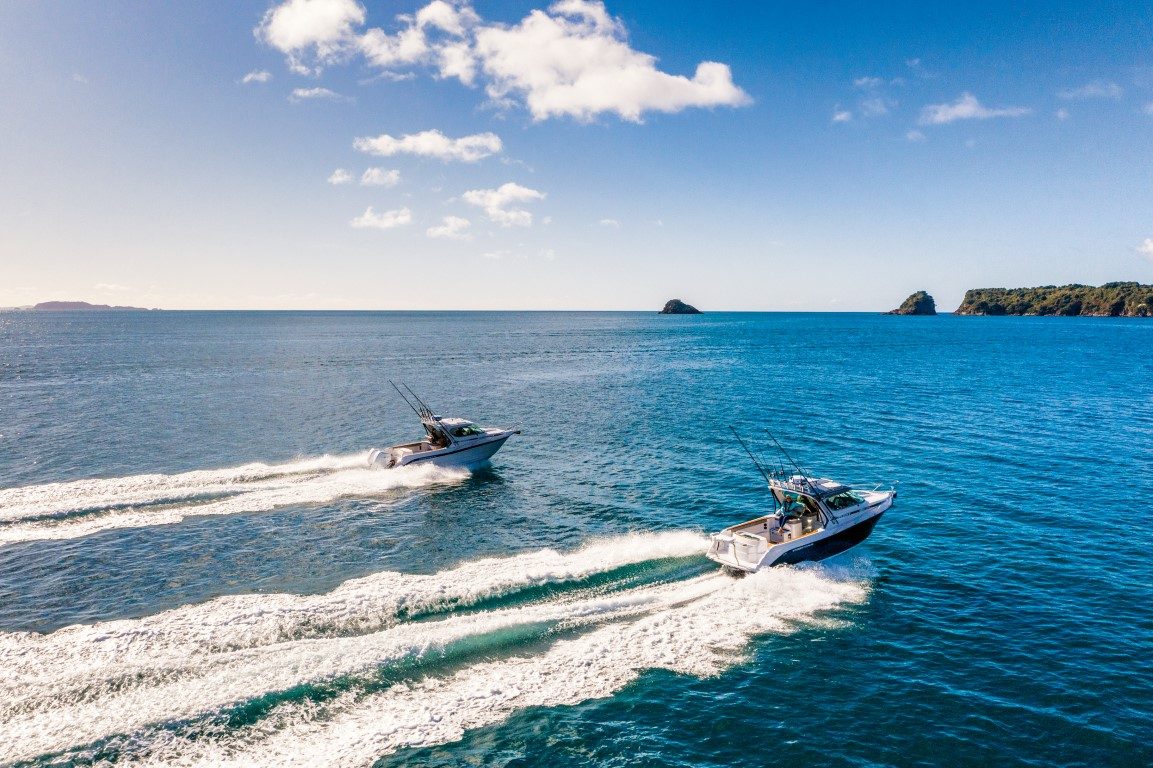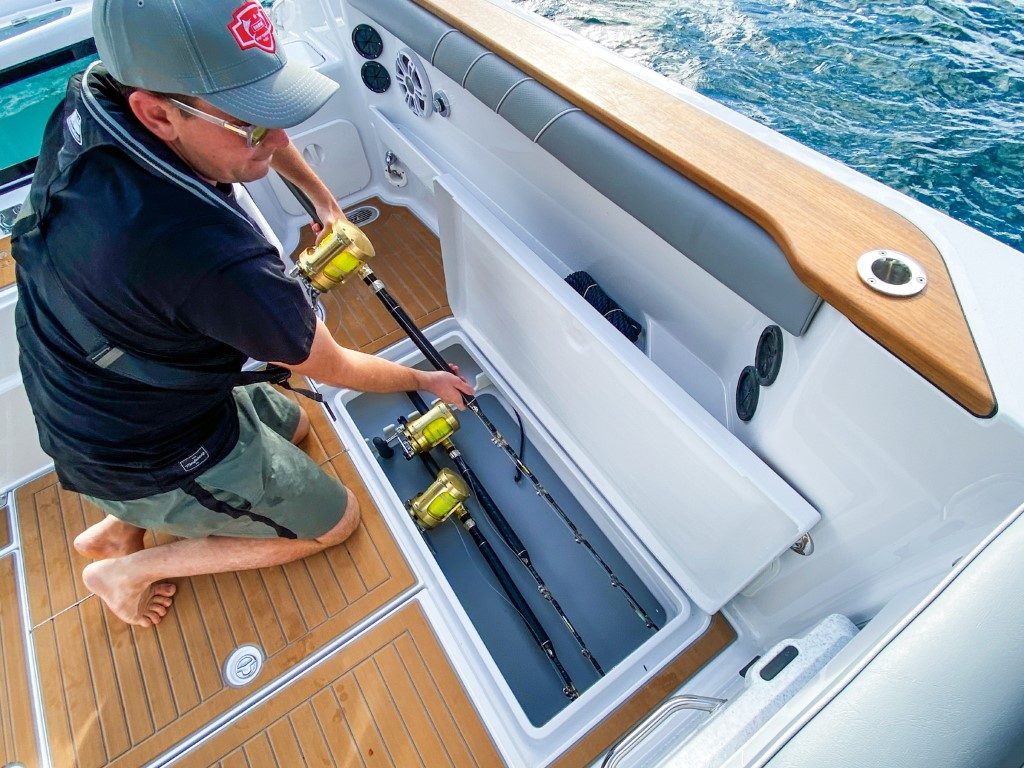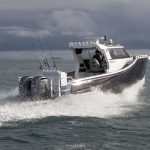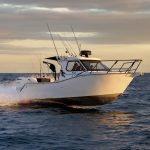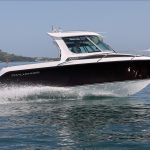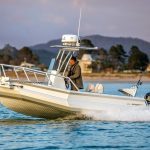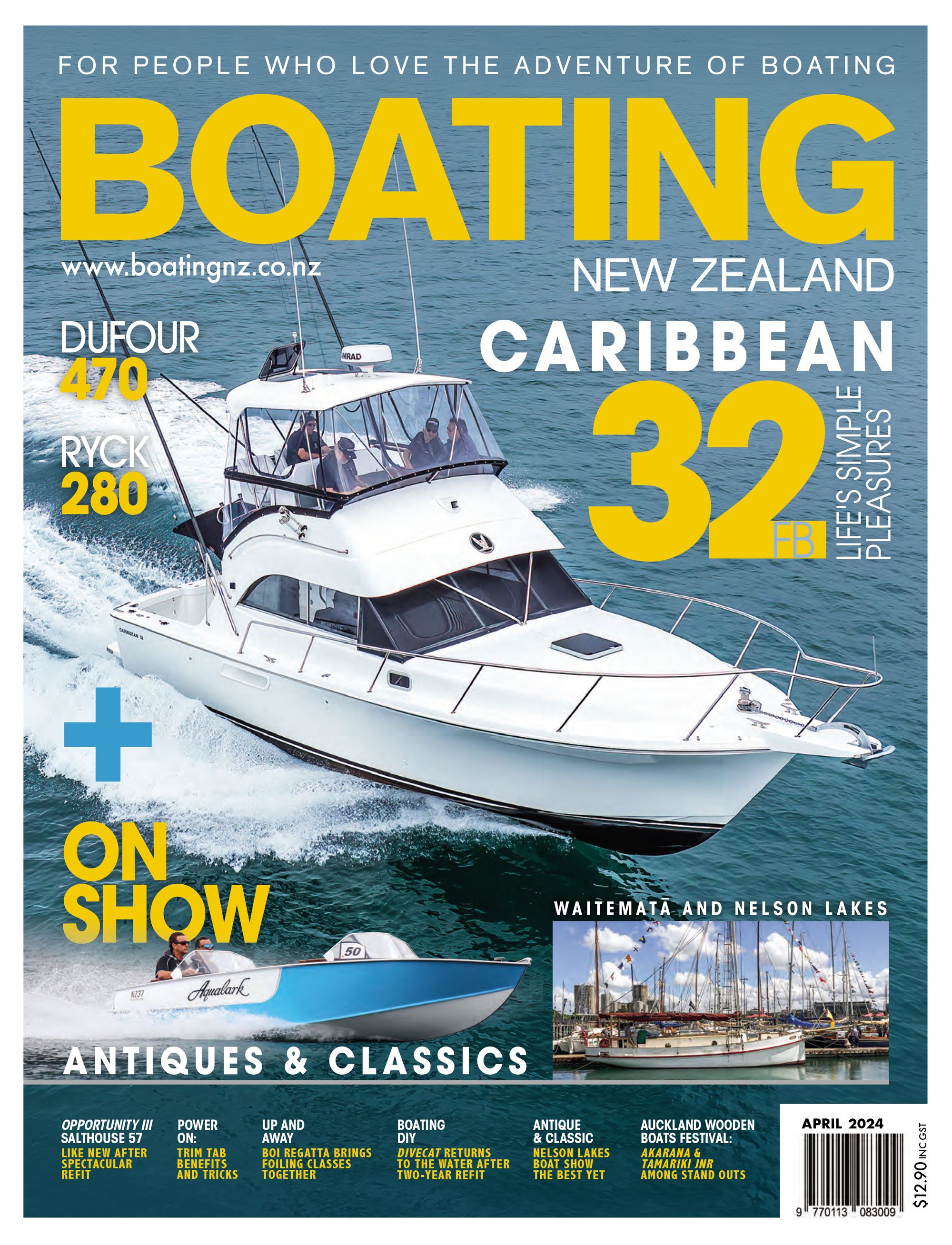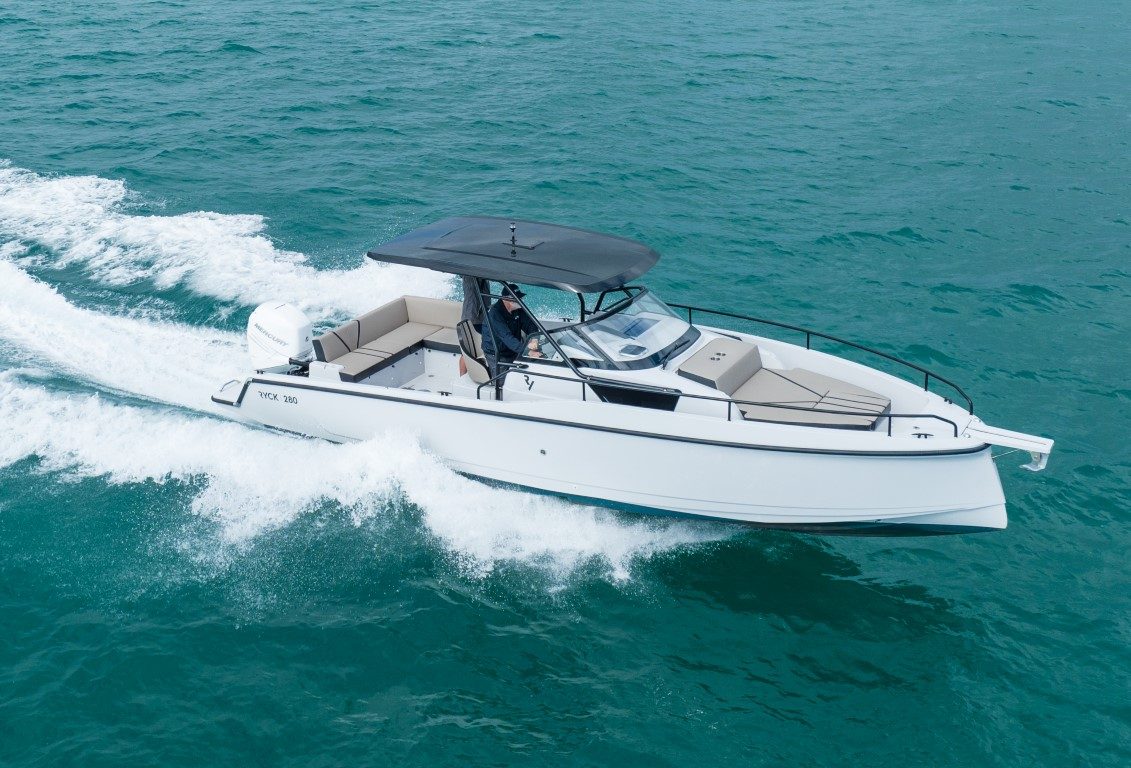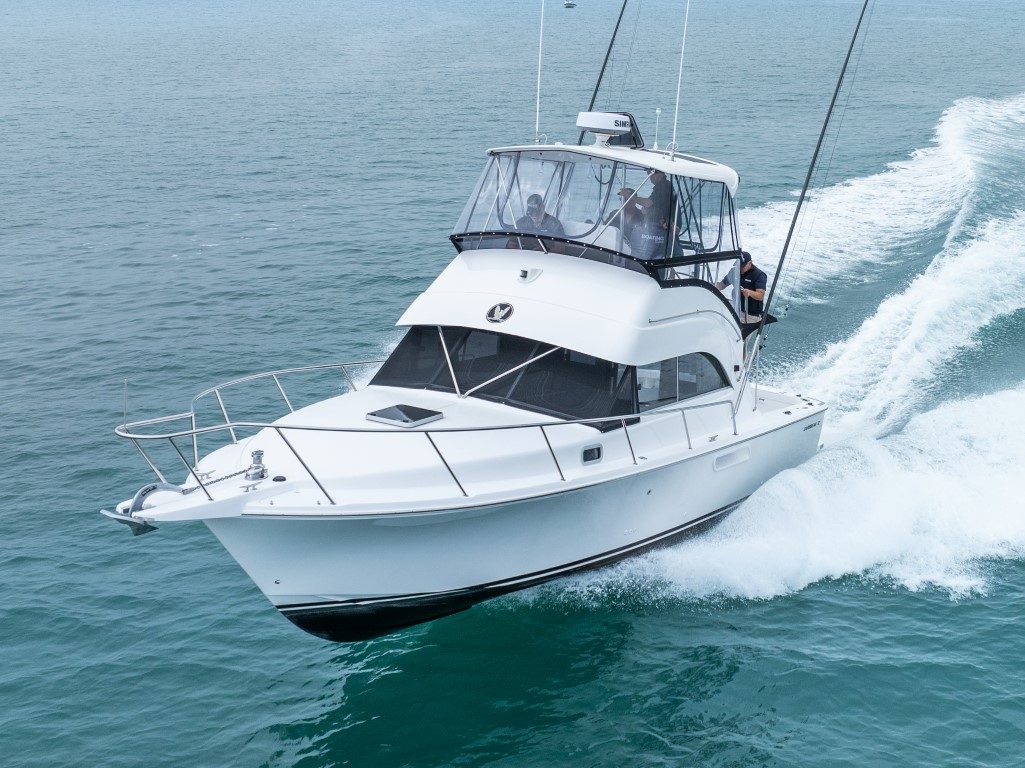She feels really easy and comfortable to sail, even in a good breeze and a chop.
- Muscular looks
- Sterndrive and outboard options
- Well equipped as standard
- Wide body hull gives a spacious cockpit and excellent stability
- Long list of options
- Excellent build quality

